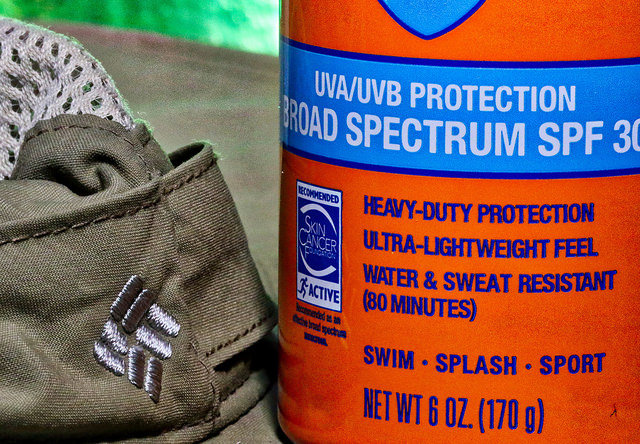Sulfasalazine: How Effective is it for Treating Rheumatoid Arthritis?
If you are suffering from Rheumatoid Arthritis (RA), you are no stranger to pain. RA is a chronic autoimmune disorder which results in mild to severe joint inflammation and deformity. RA most often affects the hands and feet, though it can affect any other part of the body. Causing pain, swelling, and stiffness, Rheumatoid Arthritis can happen to anyone, but most commonly occurs in women and the average age of onset is in middle age.

While there is as yet no cure for Rheumatoid Arthritis, the progression and the symptoms of this chronic condition can be managed. Goals of the treatment include alleviating pain, slowing and stopping joint damage, reducing swelling, and helping individuals become more active and attain healthier lifestyles. There are multiple types of treatment. Many individuals with Rheumatoid Arthritis will undergo multiple forms of treatment to fully address the pain and symptoms that they are experiencing. Common treatments include:
- Medicine
- Lifestyle changes
- Surgery
- Alternative therapies
What is Sulfasalazine
With brand names Azulfidine and Sulfazine, Sulfasalazine is a disease-modifying anti-rheumatic drug (DMARD). First discovered and used in RA treatment nearly 70 years ago, Sulfasalazine is normally prescribed for arthritis patients who are not responding to NSAIDs.
The main ingredients in Sulfasalazine are salicylic acid (the active ingredient in aspirin) and sulfapyridine (an antibiotic). Sulfasalazine provides RA symptom relief by reducing joint inflammation and stopping or slowing down the progression of the disease. Sulfasalazine is most effective in individuals who are experiencing more mild to moderate Rheumatoid Arthritis symptoms; however, it has also been found to be effective in some individuals with more severe cases of RA. In severe cases, Sulfasalazine is more often prescribed in combination with NSAIDs and other DMARDs.
How Do You Take It?
Sulfasalazine is taken orally as a 500mg tablet. Dosage usually begins with one 500mg tablet per day and dosage is eventually increased by 500mg to see how your body reacts to the drug. A common dosage for adults suffering from Rheumatoid Arthritis is about 2000mg to 3000mg per day.

To prevent gastrointestinal issues, Sulfasalazine should be taken with food and water. If you are suffering from stomach upset due to use of this drug, there is an enteric-coated version of the tablet available to ease gastrointestinal symptoms. It is important to note that the enteric-coated tablet should not be crushed or chewed.
It normally takes about 1-3 months for the medication to start seeing the effects of this type of treatment.
Possible Side Effects
When taking Sulfasalazine, reported side effects are usually mild and improve in time. The most common side effects include:
- Upset stomach
- Diarrhea
- Nausea/vomiting
- Headache
- Appetite loss
- Skin sensitivity

Approximately 10% of patients taking Sulfasalazine experience a skin rash. Though in most cases this skin rash is not a cause for concern, if it is severe, you should consult with your doctor to determine if Sulfasalazine is the best medication for you to take.
Clinical Study Results
Significant research about Sulfasalazine’s effects on easing Rheumatoid Arthritis symptoms has been conducted. In comparison to placebos and other RA medications (including other DMARDs, methotrexate, and leflunomide), Sulfasalazine has been found to effectively reduce joint inflammation, other RA symptoms, and slow the progression of joint damage.

Meta-analysis studies examining the effectiveness of Sulfasalazine on RA symptoms found that individuals experienced significant improvements in RA symptoms, including swelling, pain, and inflammation, by week 12 of treatment.
Warnings and Precautions
If you are taking blood thinners, check with your doctor to see if Sulfasalazine should be used in the treatment of RA.
Some males have experienced low sperm counts while taking Sulfasalazine, though levels return to normal upon stopping the drug.
A woman can take Sulfasalazine during pregnancy; however, the drug may lower levels of folate during the pregnancy. If you are breastfeeding, do not take Sulfasalazine.

Check with your doctor if you have/take any of the following to see if Sulfasalazine is the right medication for you:
- Blood disorders
- Liver damage
- Kidney damage
- Tuberculosis
- Diabetes
- Skin rash
- Severe allergies
- Bronchial asthma
- Glaucoma
